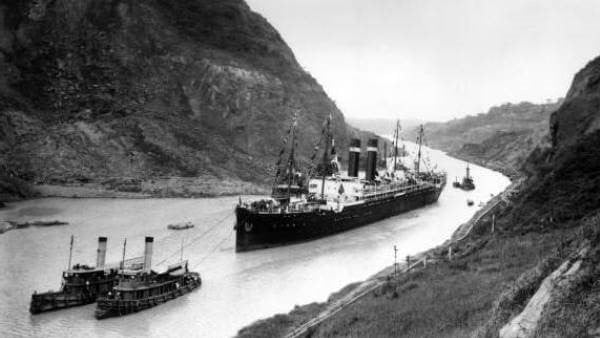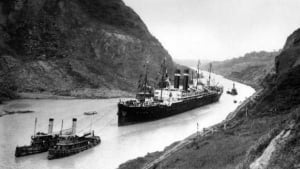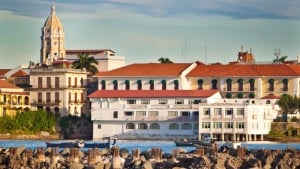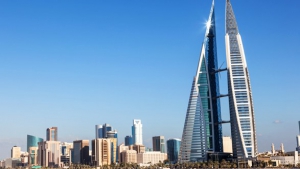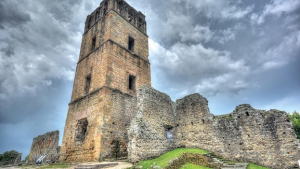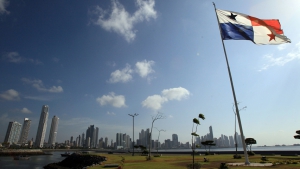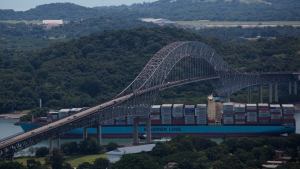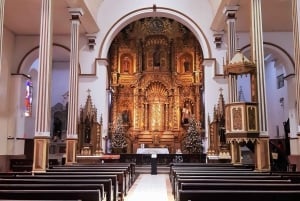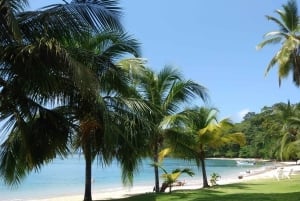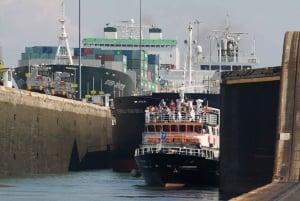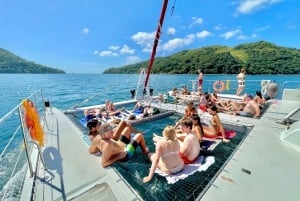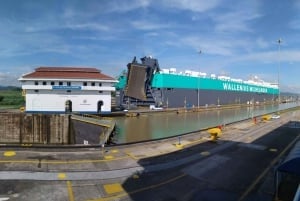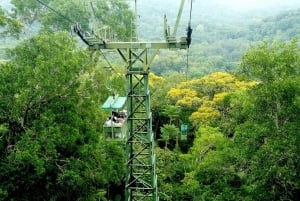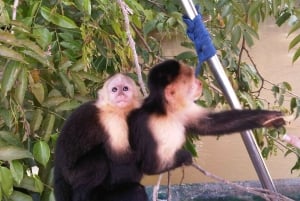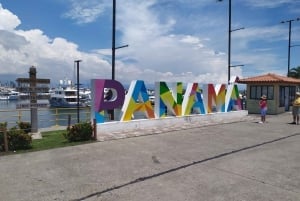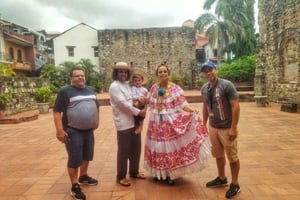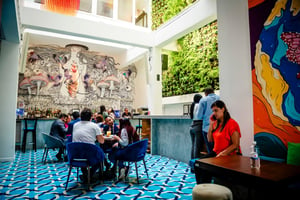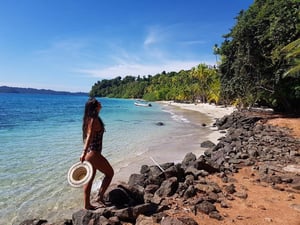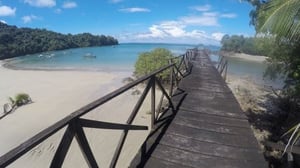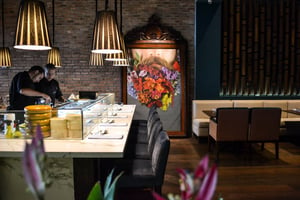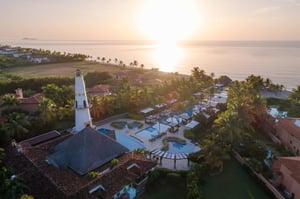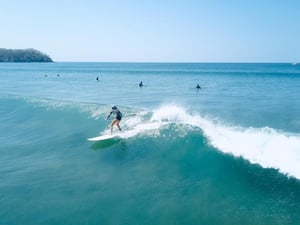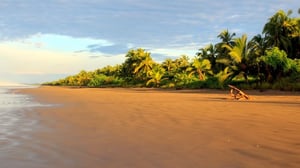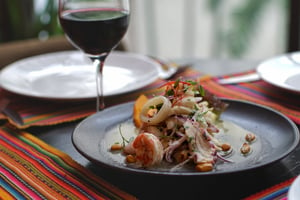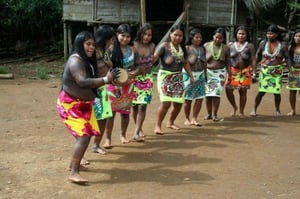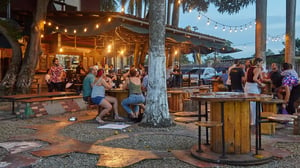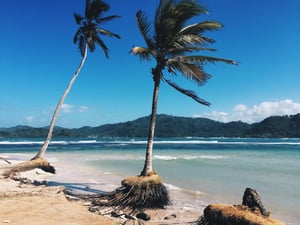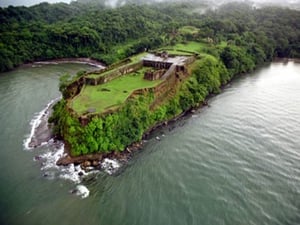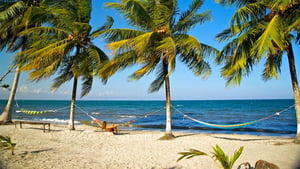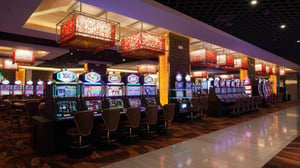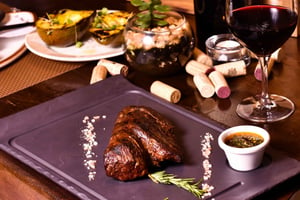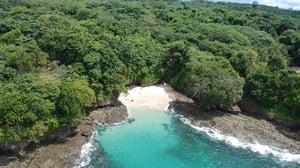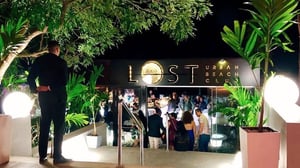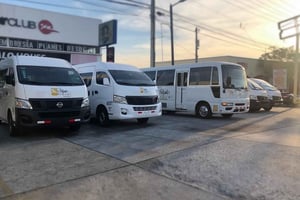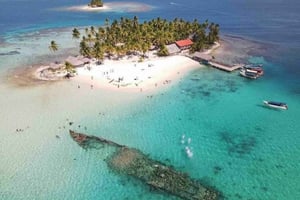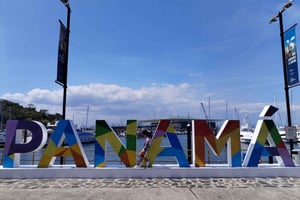History of Panama
Panama is a country with a very interesting history and several hundred years old.
A nation whose traditions, customs and culture go back centuries back in time. There is no doubt that its beautiful landscapes, its rich gastronomy and its wonderful people make it very special for tourists. A territory that has passed through the years by various historical stages that deserve much to be known...
Origin of Panama
In the first place, to know the history and origin of Panama, you must know what it is like and its geographical situation. Panama is located on an isthmus, between Costa Rica to the west, and Colombia to the southeast. This means that it constitutes the physical union between the two great continental masses of North America and South America.
Just as its lands are populated by plants and animals of transition, its history has moved between the two colonial powers of the Spanish era (see history of Spain): the north, New Spain, or Mexico, and the one of the south, New Granada or Colombia (to see history of Colombia). Its strategic situation made it fall at last into the hands of the great American gendarme, the United States, after the vicissitudes of the construction of the Panama Canal, and this fact has marked this small republic. Now, at the beginning of the 21st century, Panama has regained territorial sovereignty: it remains to get rid of the economic blunders that the American multinationals have left in the form of immense latifundia that has impoverished the population.
History of the colonization of Panama
The primitive indigenous population was formed by the Caribs, to the east; for the choices to the south, and the Phinehas. who occupied the western highlands. Rodrigo de Bastidas (1501). coming from Venezuela, he was the first European to travel the Panamanian coast. On his fourth voyage, Christopher Columbus landed at the natural port of Portobclo in 1502, coasted the western part of the isthmus, which he called Veragua, and tried to establish in it a colony (Santa María de Belén), which had to be abandoned. In 1510, Diego de Nicuesa was established in Nombre de Dios, and Vasco Núñez de Balboa, with the remains of the Ojeda expedition, founded Santa María de la Antigua de Darién, the first permanent settlement on the American continent.
Balboa, appointed mayor of Darien by his neighbors, conducted a series of explorations and discovered in 1513 the Pacific Ocean. In 1514 Pedrerías Dávila arrived, named Fernando the Catholic governor of Castilla del Oro, who initiated the colonization of the isthmus.
Pedrerías Dávila founded Panama in 1519 and Natá in 1520 and built a road between Nombre de Dios and Panama. The region of the isthmus soon became a way of passage of the colonizing current and base of the expeditions to the American west coast.
As of 1538, the Real Audiencia of Panama worked like a judicial and government organ. With the exploitation of the precious metals of Peru, the isthmus became a commercial route of first importance.
In 1593, Portobclo replaced Nombre de Dios as the port of call for the fleet of the Indies and conserved, during the first half of the 17th century, traffic of 100,000 tons per decade.
From the sixteenth century, Panamanian cities suffered systematic attacks by French, Dutch, and English filibusters, and from 1739 to 1742 Portobelo was occupied by British Admiral Vernon. The English contraband, with its center in Natá, was always very active.
There were also frequent Indian uprisings, especially in the Darién area. In 1718, until 1722, Panama lost its Audiencia and was incorporated into the Viceroyalty of Peru. In 1739 the Court was placed under the jurisdiction of the Viceroyalty of New Granada and in 1751 it was definitively suppressed. At the same time, the loss of the monopoly of the old commercial routes diminished the importance of the isthmus.
The independence of Panama and the construction of the canal
The first revolutionary manifestations did not take place until 1819 when the first patriotic club of the country was founded in the capital. In 1821 Panama proclaimed its independence and federated the Republic of Gran Colombia. When this one dissolved (1830), it remained united to Colombia, although there were some secessionist attempts. The importance of the isthmus as a way of passage between the Atlantic and the Pacific was revalued with the colonization of Oregon and the discovery of gold in California (1848). American capitalism built the Panamanian railway (1848-1855) and became interested in the construction of a transoceanic canal.
When the Colombian Senate refused to accept the Hay-Herrán treaty (1903) as an attempt against the sovereignty of the country, the US, in agreement with the Panamanian oligarchy, promoted a separatist movement, with the intervention of the US military, which proclaimed Panama as an independent republic on November 3, 1903. A few days later, a treaty that ceded to the United States was signed, without the knowledge of the Panamanian people. the sovereignty over more than 1,500 kilometers of the national territory, where the main cities were located, and also gave them the faculty to intervene in Panamanian internal affairs.
United Fruit soon became the largest agricultural owner of the country and controlled the few rail lines that were not in the Canal Zone. To defend their interests, US. He occupied the country on several occasions, stimulating the formation of a strong nationalist consciousness.
However, the Panamanian governments, formed by members of the country's oligarchy, maintained, in general, friendly relations with American power. During World War II, President Arnulfo Arias, to counteract US pressure, initiated a policy favorable to the fascist powers, but was overthrown, and one of his successors, Ricardo Adolfo de la Guardia, declared war on those Nations The internal quarrels between the dominant groups and the political instability were the characteristics of the Panamanian political life since the Second World War.
Historia reciente de Panamá –
Del presidente Torrijos a la devolución del canal
Del año 1945 hasta el 1960 se sucedieron diez presidentes, seis de los cuales pertenecían a las cuatro grandes familias del país. La Constitución fue modificada varias veces. Bajo la presidencia del coronel J. A. Remen (1952-1955) el país firmó un nuevo acuerdo con EE.UU. que elevó el pago anual por el canal.
Durante el mandato de Robert F. Chiari (1960-1964) se produjeron graves incidentes en la Zona del Canal al ser violentamente reprimida por soldados estadounidenses una manifestación de panameños, y Panamá rompió temporalmente sus relaciones diplomáticas con EE.UU.
Marco A. Robles, elected president in 1964, began negotiations with the United States. with a view to achieving a new agreement more favorable to Panama and that culminated in the signing of a treaty (September 1965) that included the recognition of Panamanian sovereignty over the Canal Zone and a new defense agreement. Arnulfo Arias won the elections in May 1968, but a military coup led by General Omar Torrijos in October of the same year installed Colonel José María Pinilla in the presidency. After a failed coup d'etat (December 1969), Pinilla was replaced by Demetrio Lakas. After the legislative elections of 1972, the National Assembly elected Lakas president of the Republic, and Torrijos, head of the Government, with full powers. The new government arranged with the US, under the presidency of J. Cárter, a treaty (1977) that guaranteed the return of the Canal Zone on December 31, 1999. In 1978 General Torrijos abandoned the exceptional powers that It granted the 1972 Constitution and the National Assembly elected Aristide Royo as president of the Republic, who accumulated the functions of head of the Government.
With the death of Torrijos (1981), who continued as commander-in-chief of the National Guard, the regime entered a stage of instability: they succeeded each other, among others. A. Royo (1978-1982), Ricardo de la Espriella (1982-1984), Jorge Illueca (1984), Nicolás Ardito Barletta (1984-1985), Eric Arturo Delvalle (1985-1988). Guillermo Endara won in the legislative elections of 1989, but the results were annulled by General Noriega, who appointed a provisional government. After the US military intervention in December 1989, Endara took possession again of the presidency, and Noriega was taken to the US, where he was tried and sentenced to 40 years in prison for drug trafficking. With the country submerged in a deep economic crisis Ernesto Pérez Balladares, candidate of the Torrijista Partido Revolucionario Democrático, won the 1994 presidential elections and carried out a program of total recovery of the canal's sovereignty. In September 1997 the headquarters of the US Southern Command in Quarrv Heights, in the Canal Zone, moved to Miami, as the first step to return the canal to Panama.
During the mandate of Mireya Moscoso, the widow of Amulfo Arias and elected president of the government of the Republic of Panama in 1999, USA. he renounced the lease, withdrew his troops from the Canal Zone, and transferred the management of the waterway to Panama on December 31, 1999.


